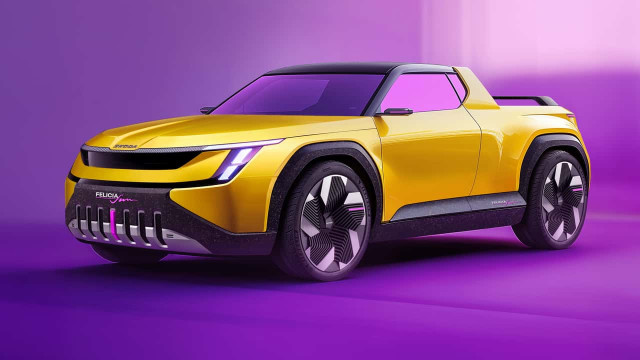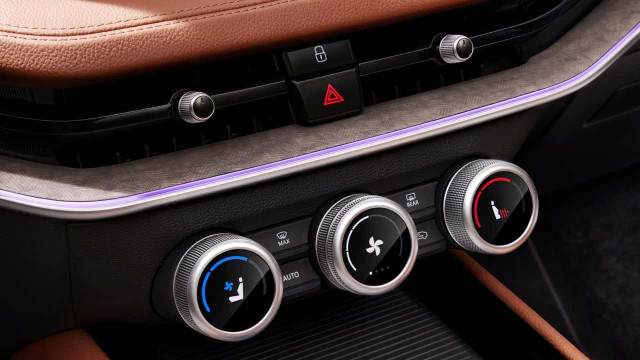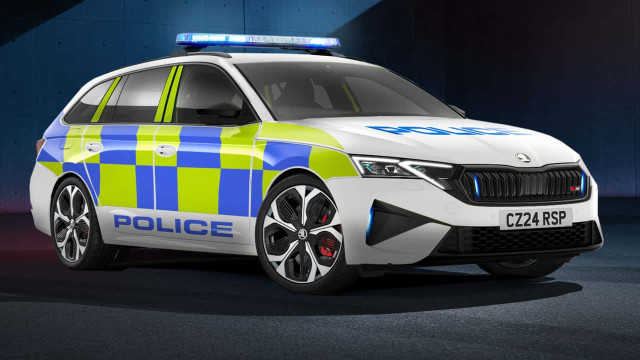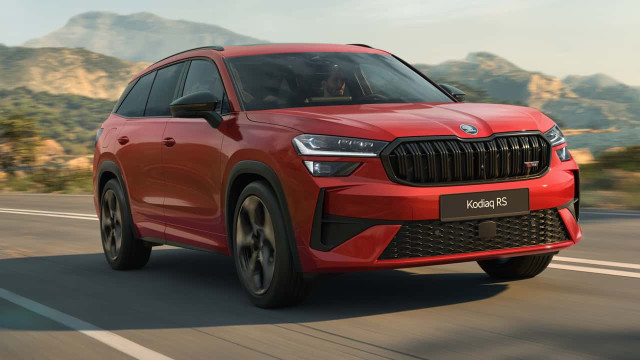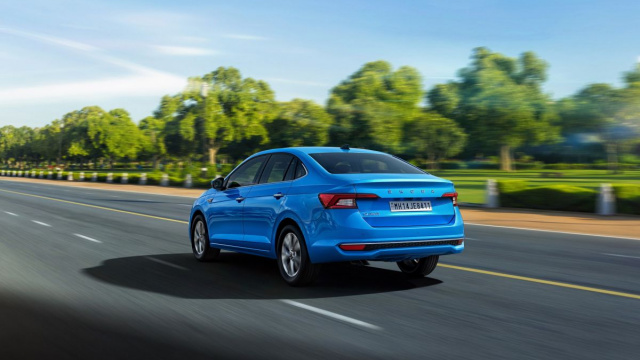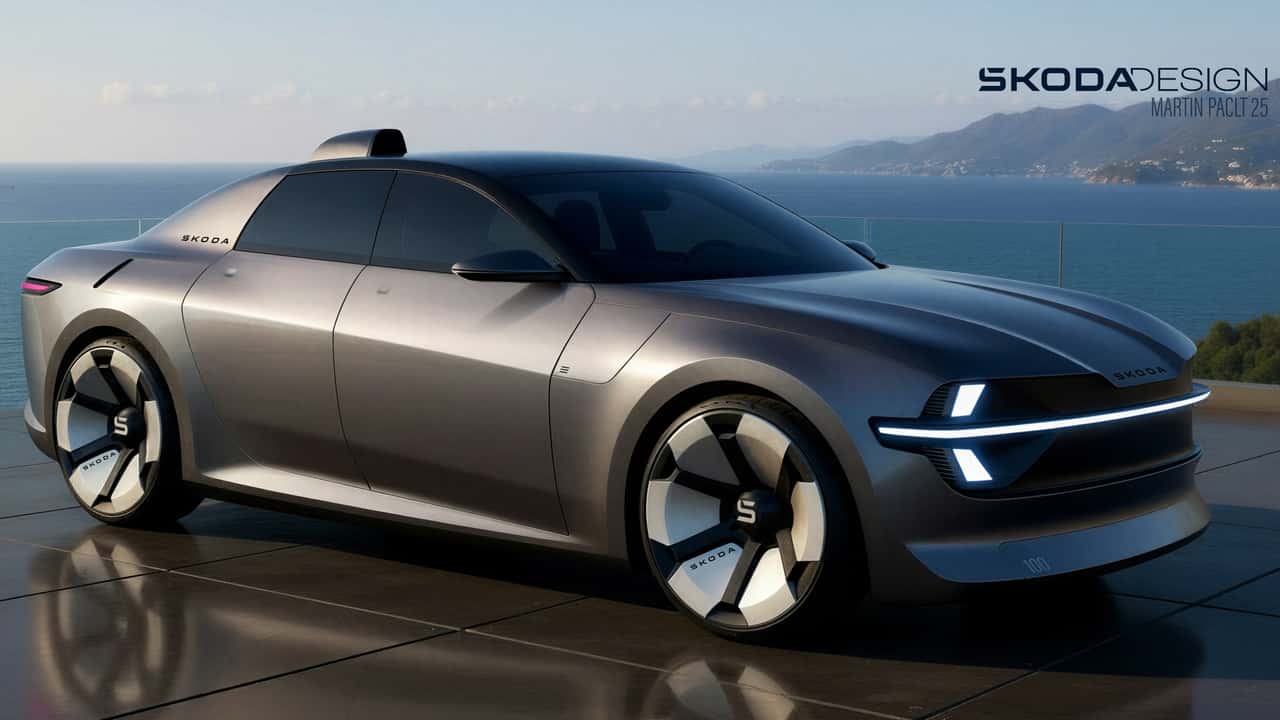Skoda's Visionary Sedan Concept Will Make You Wish It Was Real
Skoda has evolved significantly since its early days before joining Volkswagen. Currently, it ranks as the third-largest car manufacturer in Europe, boasting a 6.3 percent market share as of October. The company is thriving like never before in its century-long existence, excluding its origins as Laurin & Klement. Yet, Skoda still honors its heritage, especially the vehicles produced during the communist era in Czechoslovakia prior to VW’s acquisition in the early 1990s.
In its creative “Icons Get a Makeover” initiative, Skoda is reinterpreting classic models as futuristic electric vehicles. The newest installment centers on the brand’s first car to surpass one million sales: the rear-engine, rear-wheel-drive 100/110 series, originally sold from 1969 to 1977. This concept imagines a modern electric successor to that legendary sedan.
Adopting Skoda’s Modern Solid design philosophy, the electric sedan features a fresh and innovative look. Exterior designer Martin Paclt, specializing in lighting, opted to avoid heavily retro styling and instead let creativity lead the way. A notable design choice is the lack of a rear window, replaced by a smooth, body-colored panel with a central fin that functions as both an air intake and a housing for the third brake light.
Though radically reimagined, the concept subtly references the original 100. For example, the designer included discreet rear-fender vents to hint at the classic engine placement, even though EVs still require cooling. The LED light bars at the front and rear pay homage to the original’s chrome trim and engine grille. The fuel cap remains on the front fender but now cleverly conceals the charging port.
The vintage Skoda 100 was compact, measuring just 163.6 inches (4155 millimeters) in length. This imagined successor, however, is based on the current Superb platform and is noticeably larger. The design incorporates a short overhang ideal for an EV architecture, enabling a dual-trunk configuration with the rear luggage space situated above the drivetrain.
These digital reinterpretations are passion projects crafted by Skoda’s designers outside of work hours. Unfortunately, they are not meant to signal any upcoming production models. The 100 sedan wouldn’t fit into Skoda’s current lineup anyway, especially as both the Octavia and Superb are slated to transition to electric powertrains.
Preview of Skoda’s Electric Future
Skoda’s forthcoming electric Octavia has already been previewed by the Vision O, an EV wagon concept that Martin Paclt helped design in preparation for its future release. With so many historical models reimagined as electric vehicles, Skoda’s creative series offers a playful glimpse into what might have been while celebrating the brand’s rich past.
As Skoda continues creating these imaginative renderings, it’s clear that the brand enjoys honoring its legacy in a modern context. Such inventive projects could inspire other heritage automakers, including parent company Volkswagen, to explore their own archives in new and exciting ways.
